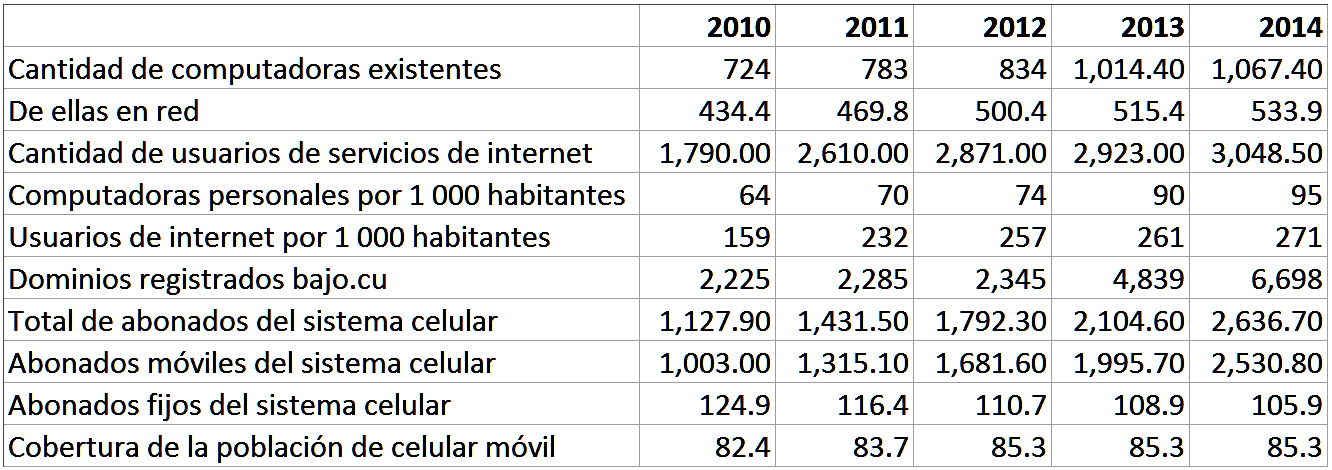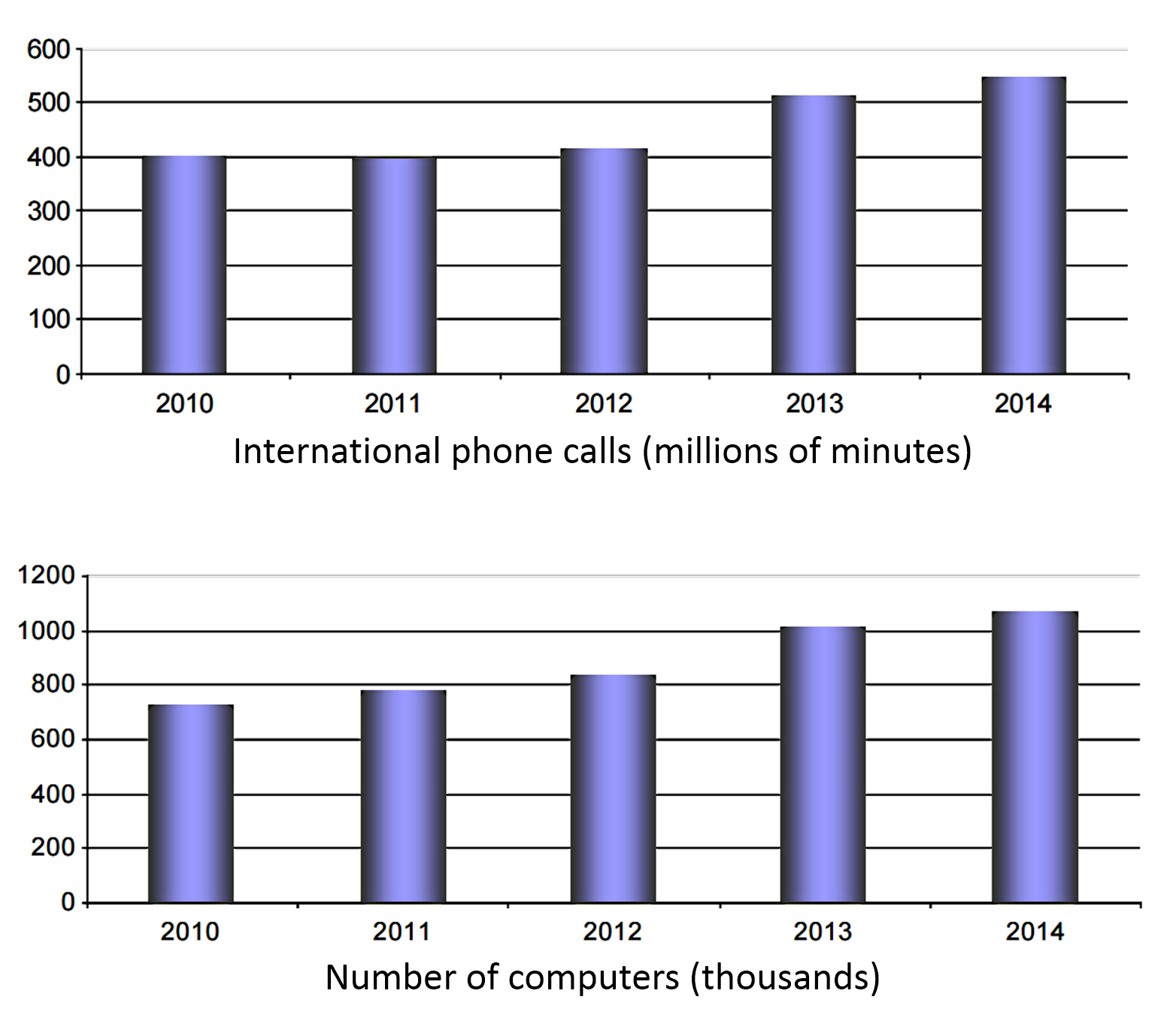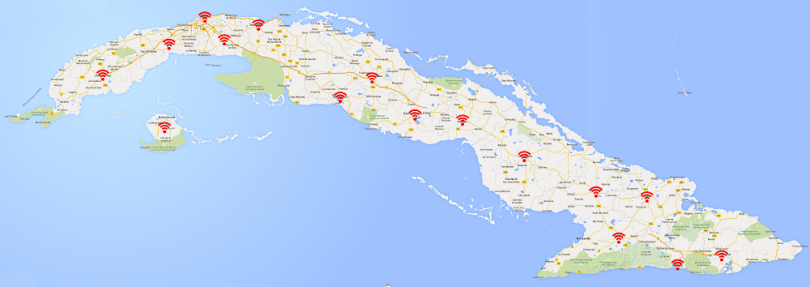aNewDomain — The National Office of Statistics and Information (ONEI) in Cuba released its annual report on selected information and communication technology (ICT) indicators.
There are more than 3 million Internet user in Cuba — but that total must include the domestic intranet as well, because I don’t believe that many Cubans have used the Internet yet. The report also shows there are 533,900 connected computers, which means every computer is shared by roughly five people. Not only are people sharing computers, but the connection speeds are much slower than those in the U.S. — a leaked presentation by ETECSA showed speeds of 1Mbit per second. It’s unclear how ONEI counts smartphone Internet access.
The following is ONEI’s table of physical indicators:

Here’s another table that shows the percent changes over time:

The percentages above show that the number of Cubans with cell coverage has been flat for two years, which means the government is not expanding the 2G cell network anymore. The next cell network deployment will likely be 4G or 5G.
Cell phones are growing in number, but the statistics don’t discern between modern smartphones and 2G flip phones and candy-bar phones. And .cu domain name growth is slow when compared to 2013, but overall it’s still substantial. This likely means organizations are using the domain a lot more.
The two charts below show that computers and phone minutes have both slowed when compared to last year:
 The decrease of both likely have to do with the increase in Internet use. Cubans are purchasing smartphones instead of traditional computers, and more phone calls are being made through Internet applications.
The decrease of both likely have to do with the increase in Internet use. Cubans are purchasing smartphones instead of traditional computers, and more phone calls are being made through Internet applications.
ONEI also reported 1,264,817 fixed phone lines in the country, 967,963 of which are residential. ETECSA’s goal of having DSL service available to 50 percent of Cuban homes by 2020 comes into perspective. In addition to installing DSL equipment in central offices, many of these phone lines may have to be upgraded. The number of central offices increased from to 688 to 740 — perhaps the new ones are already equipped for DSL service.
You can see coverage of previous ONEI ICT reports here.
For aNewDomain, I’m Larry Press.
Ed: A version of this story ran on Larry Press’ laredcubana. Read it here.
All screenshots: Larry Press













